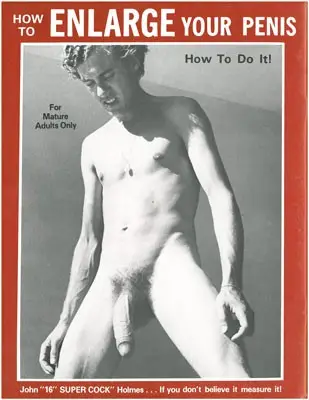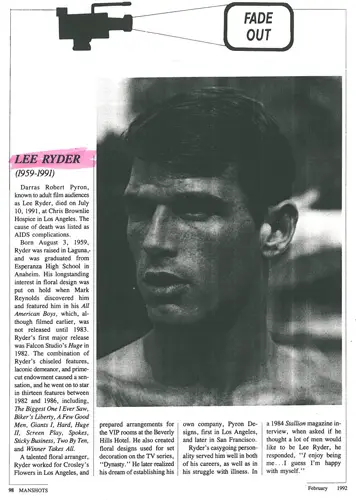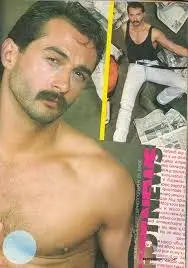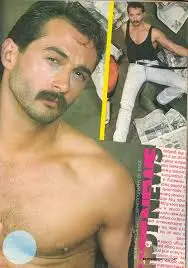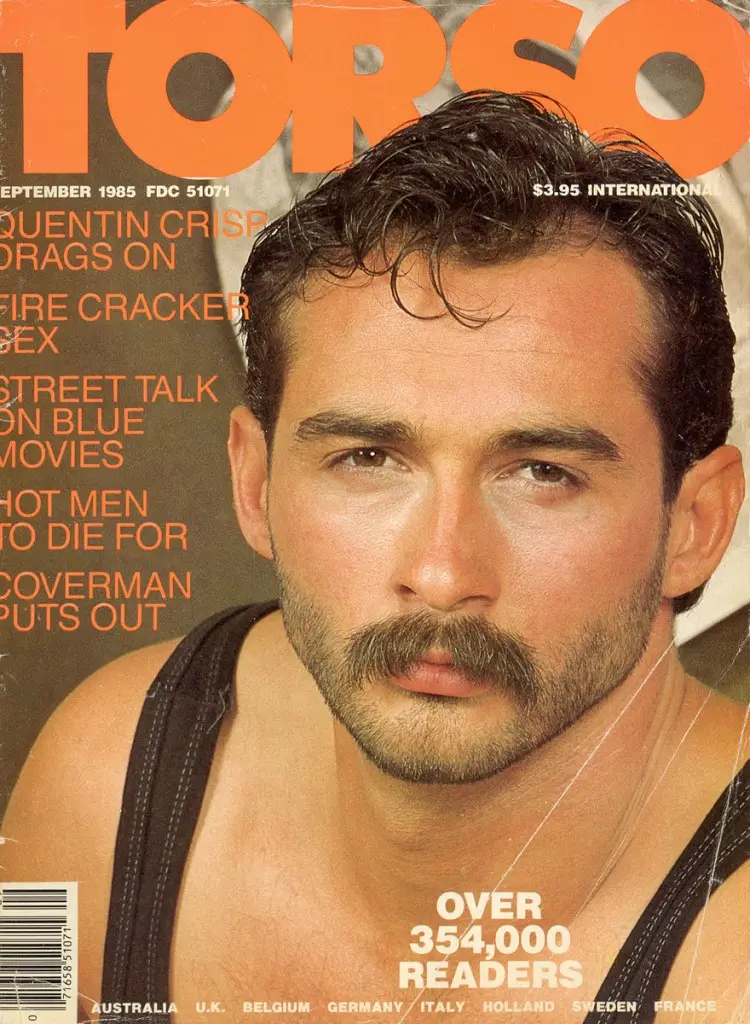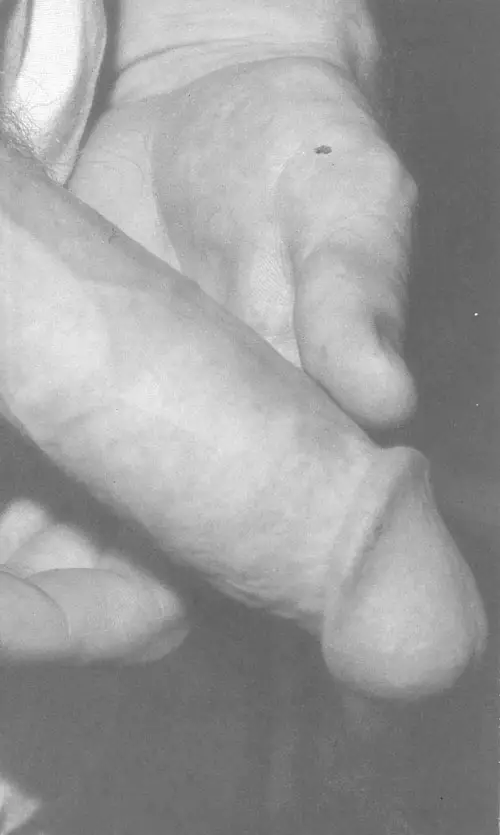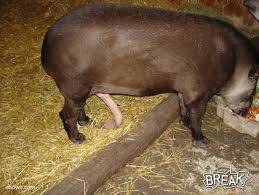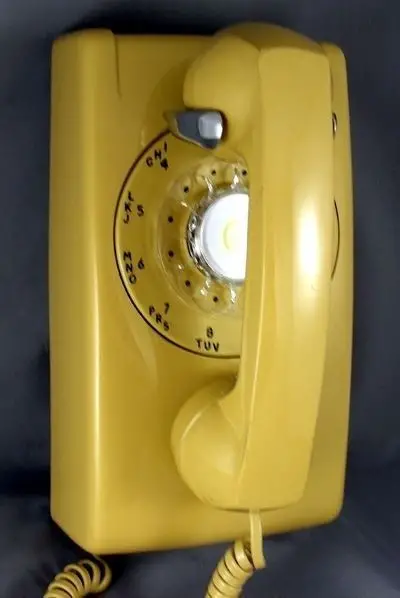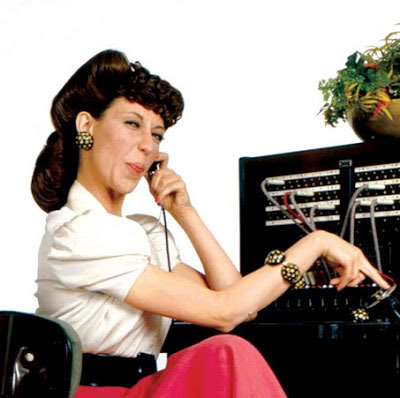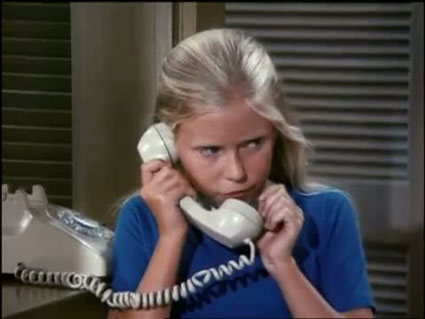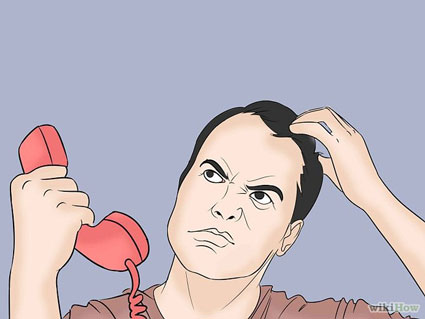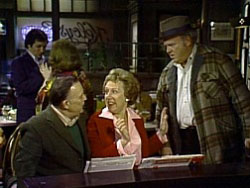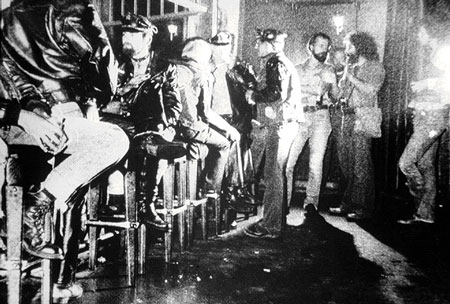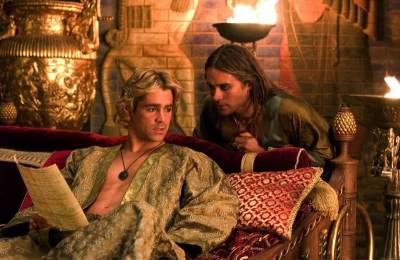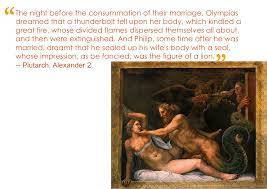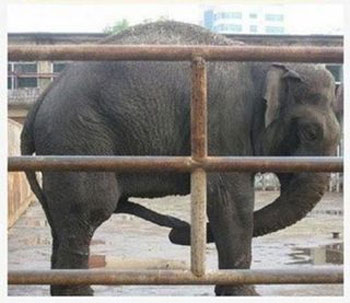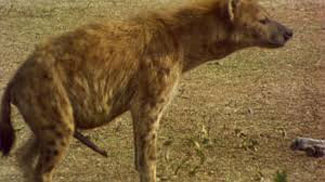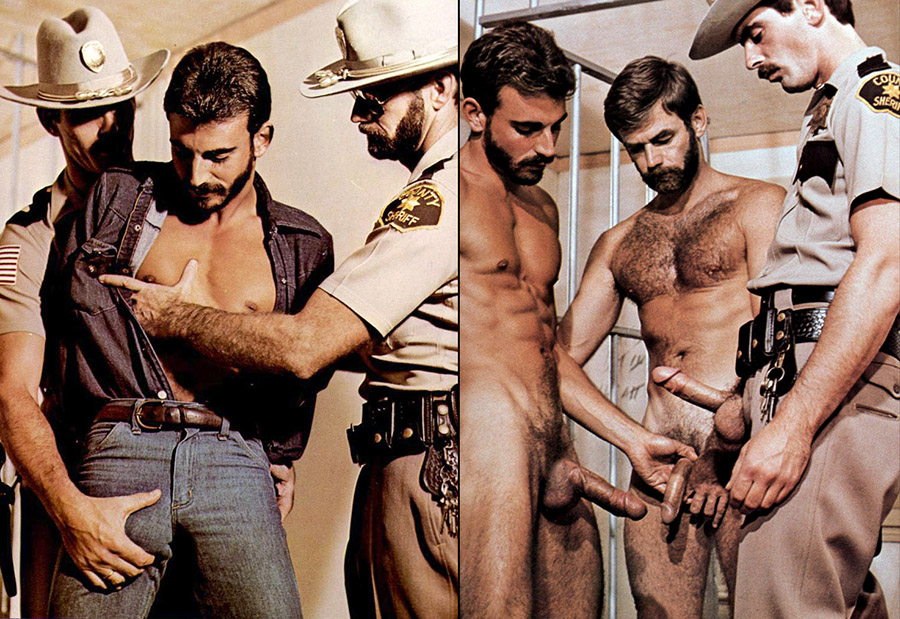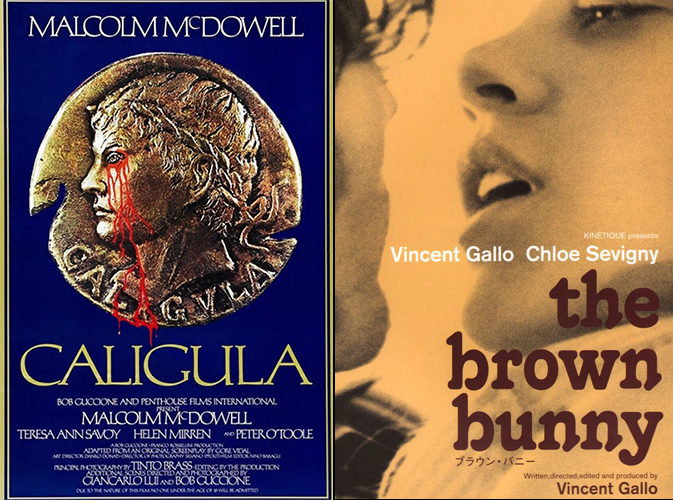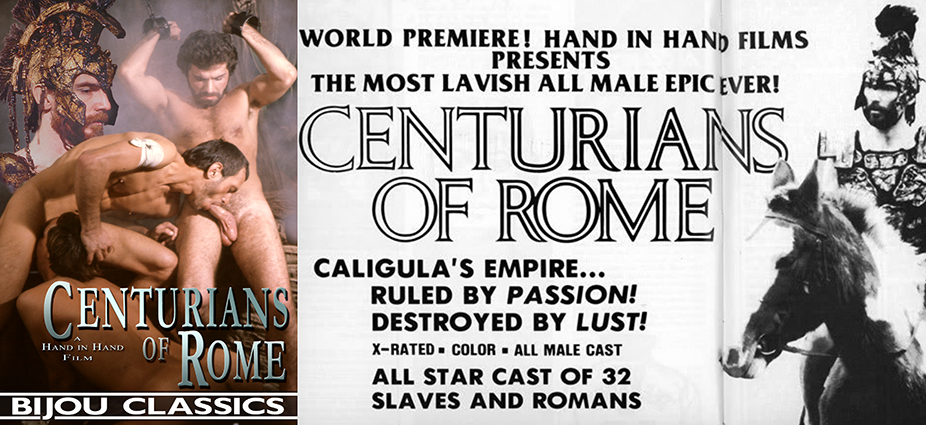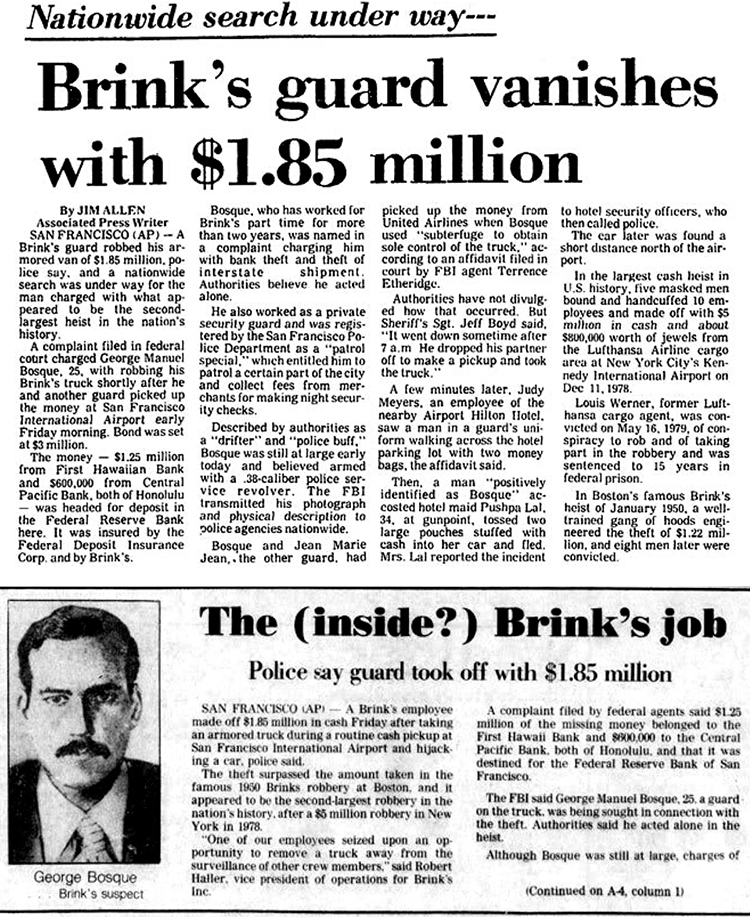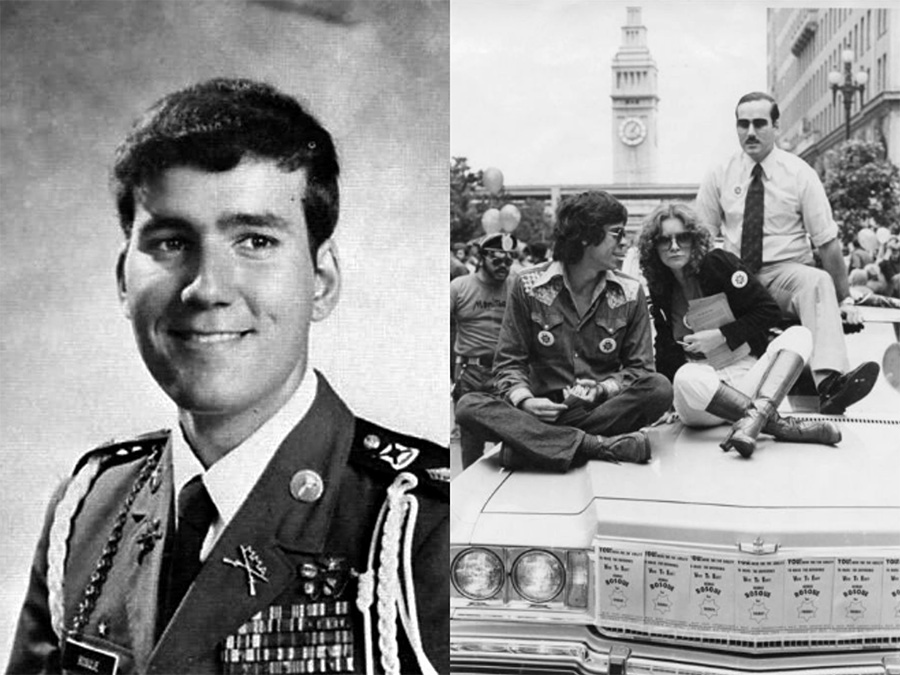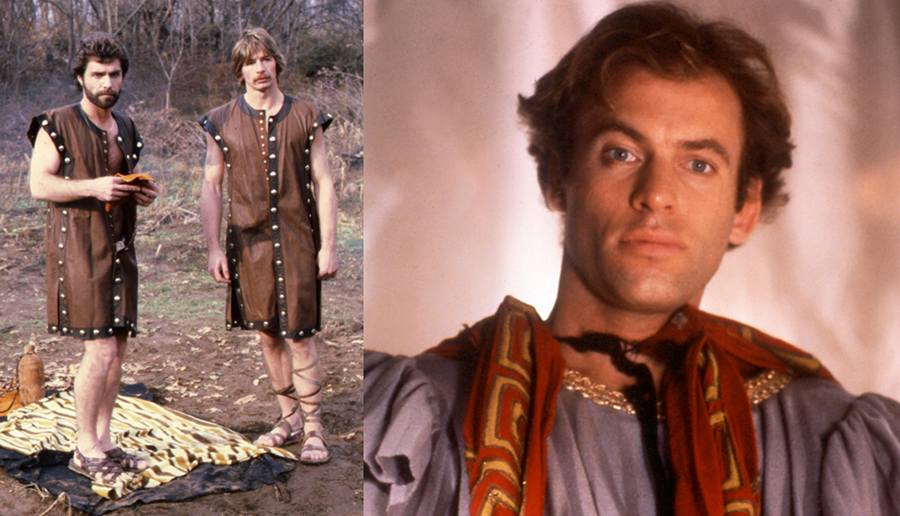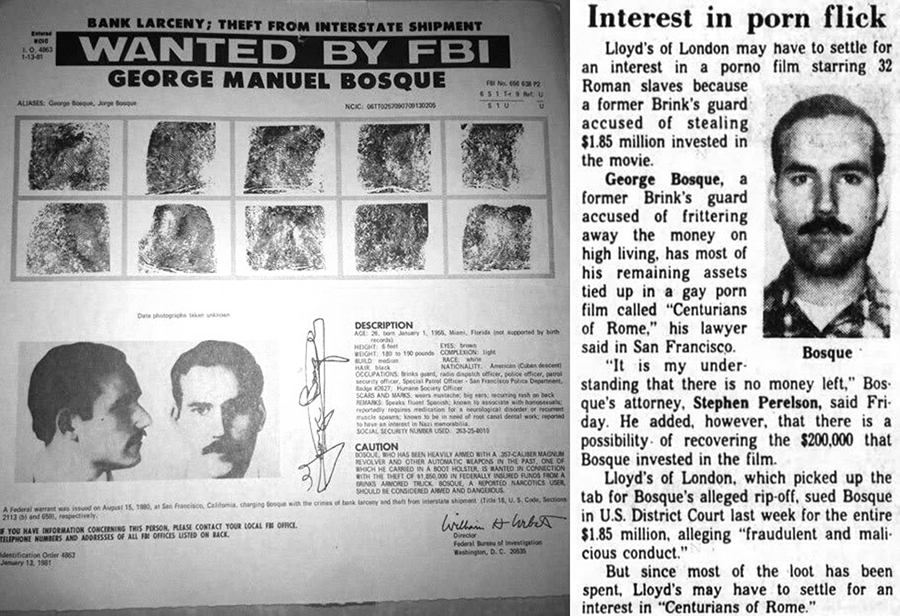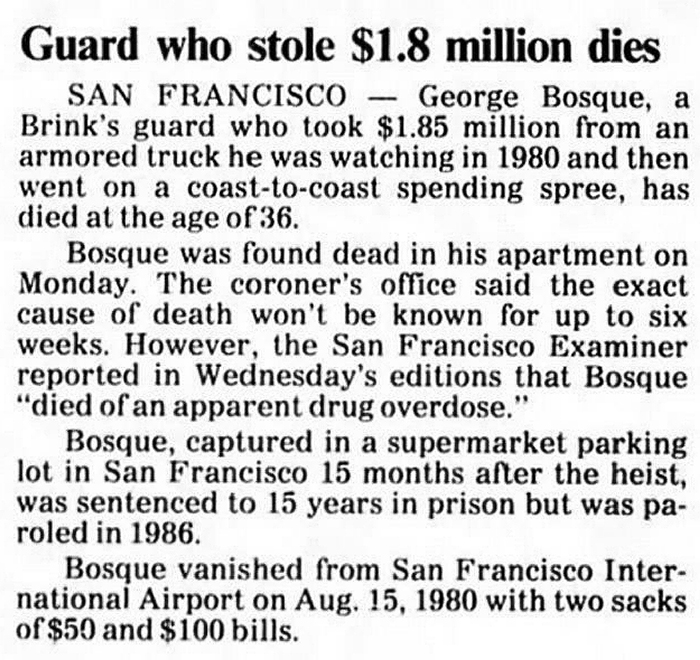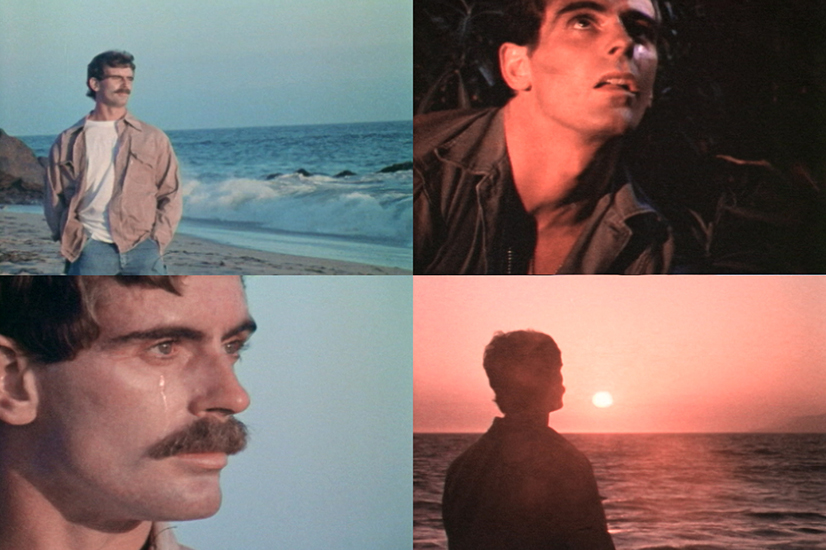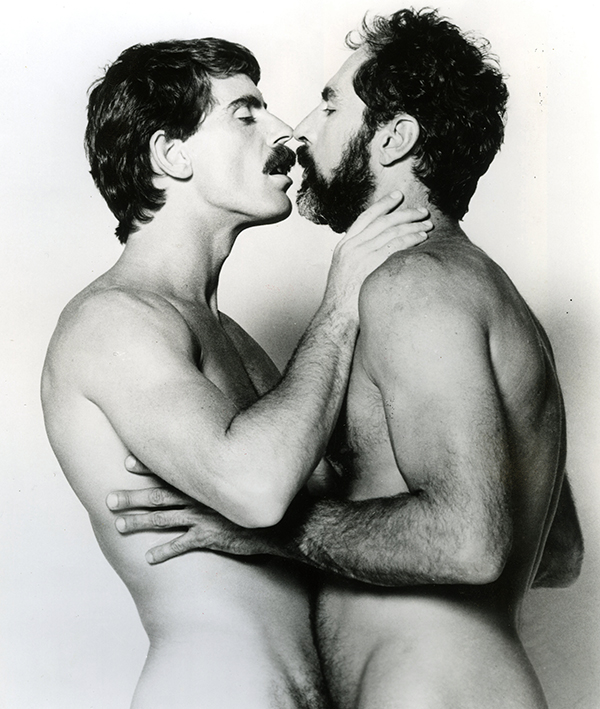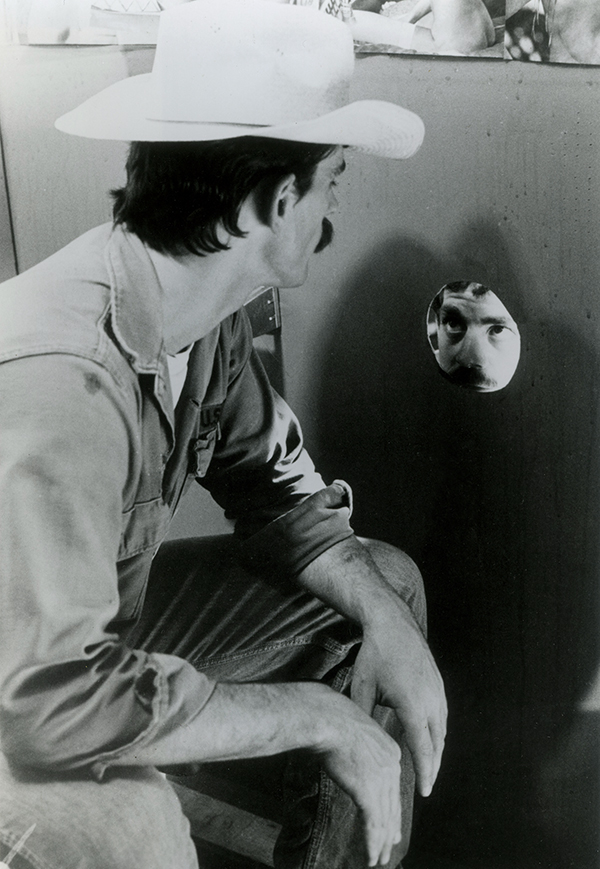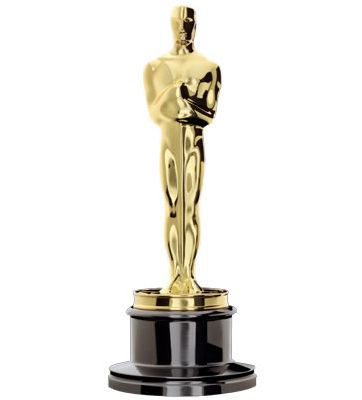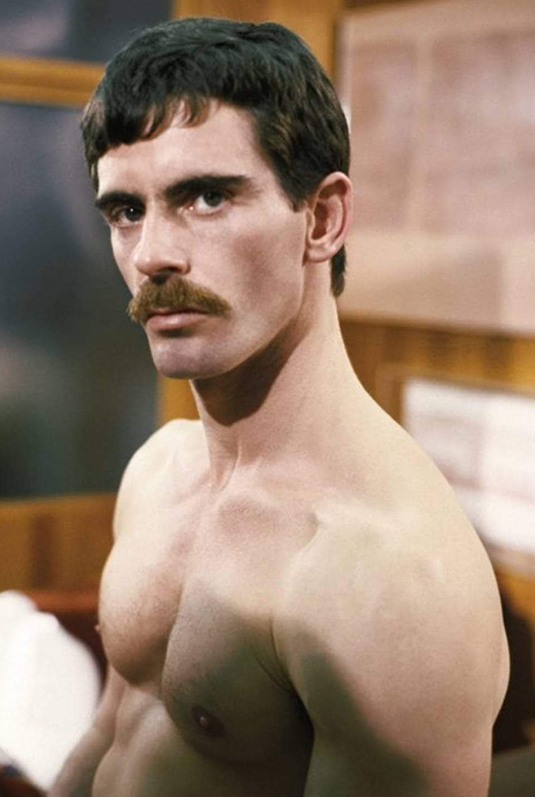By Josh Eliot
I arrived at the Caravan Lodge in the heart of San Francisco’s Tenderloin District thinking to myself, “What the fuck are you doing? Are you crazy?! Meeting a complete stranger in a trashy motel room for an interview?” Days earlier, I called the phone number from a help wanted ad in the Bay Area Reporter looking for a still photographer and a make-up artist for work on adult gay videos. I noticed the door was ajar when I walked up to the motel room, and once I knocked a loud voice told me to come in. The room was super dark, except for the bedside lamp, with a large man sitting on the bed. Smart move, dude!
I didn’t know at the time, but the man was Scott Masters, the founder and producer of Nova Video, now working for William Higgins' company, Catalina Video. Once we started a conversation, I was relieved to find that this was in fact a legitimate job interview and he was actually quite pleasant. I was a bit nervous that I was applying for the still photographer position, because I had ZERO experience shooting photographs. I went to the interview with still photos shot by my childhood friend David, claiming they were mine. It’s called rolling the dice!
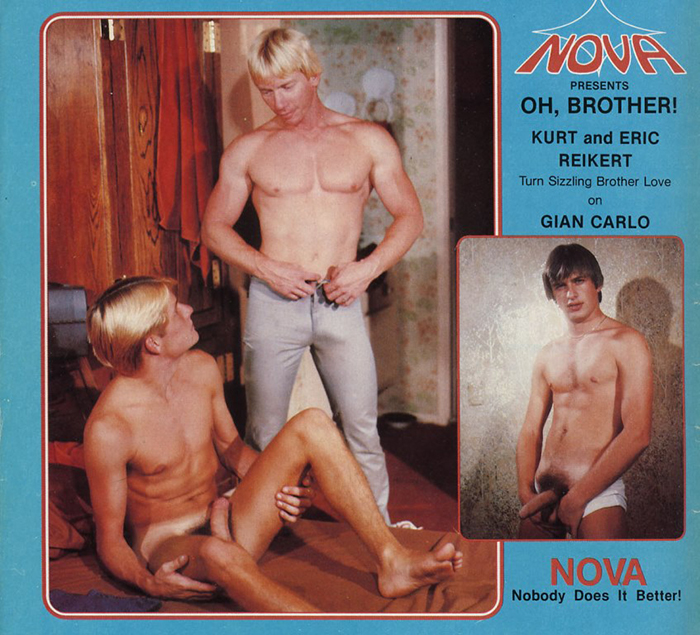
Vintage brochure material for the Nova film Oh Brother
I didn’t go in as a total fraud; I also had a decent resume with film and video production experience from the San Francisco Art Institute and The Bailie School of Broadcast. A year prior, a movie I made and acted in premiered as an Official Selection at the 1986 San Francisco International Video Festival. It was shot on a VHS camcorder and had a budget of $200, which was mostly used to rent the editing equipment. If you like B-Movies, check it out on my YouTube channel, it’s called Fright Night of the Living Dead.
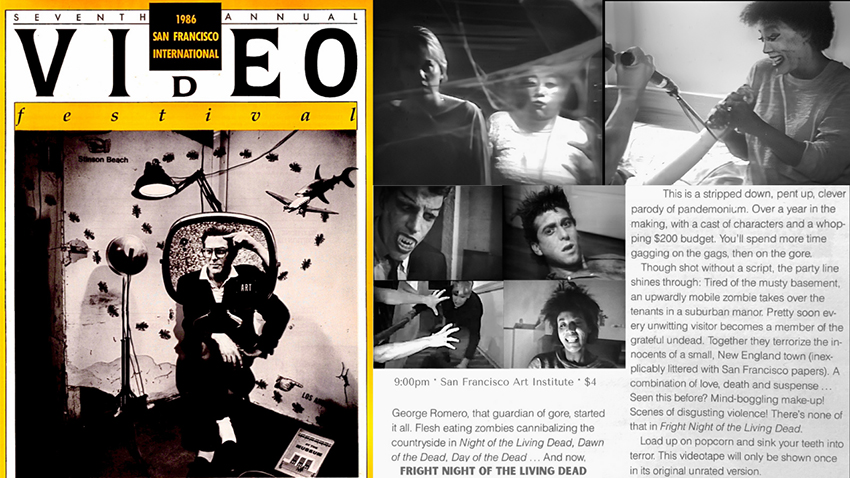
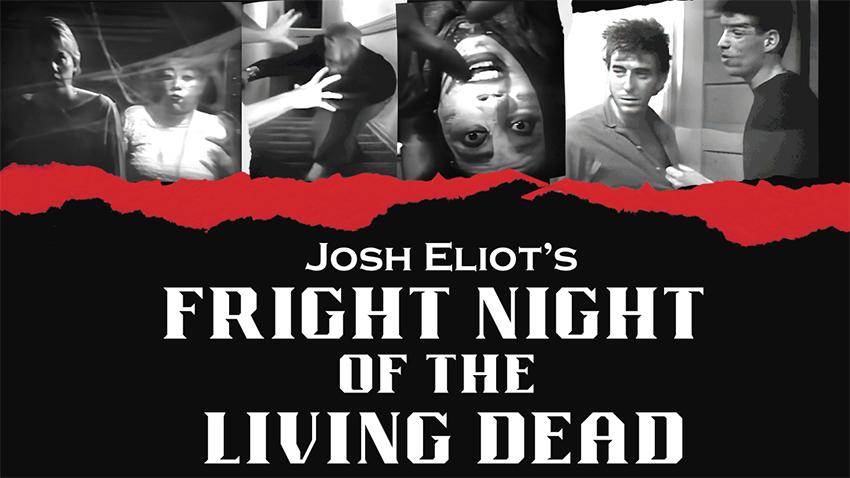
1986 San Francisco International Video Festival listing for & images from Josh Eliot's Fright Night of the Living Dead
I think Scott Masters was impressed, so he sent me to the adjoining room so I could meet “Jim.” Jim and I discussed specifics about the content of the product they produce and what would be expected of me. He could not have been nicer or more welcoming, something you wouldn’t exactly expect when you later discover that he made the most well-known gay adult movie of its time, Powertool, starring his discovery, Jeff Stryker. I was in the presence of porn royalty, John Travis, the man behind Brentwood Video and numerous Falcon Studio productions. I wouldn’t find out the extent of his notoriety until months after working with him, because he never bragged. Following our meeting, I had a third interview with Dan Allman, who was in charge of art direction for Catalina. On September 21st, 1987, my 25th birthday, Dan gave his blessings and I was officially Catalina Video’s still photographer.
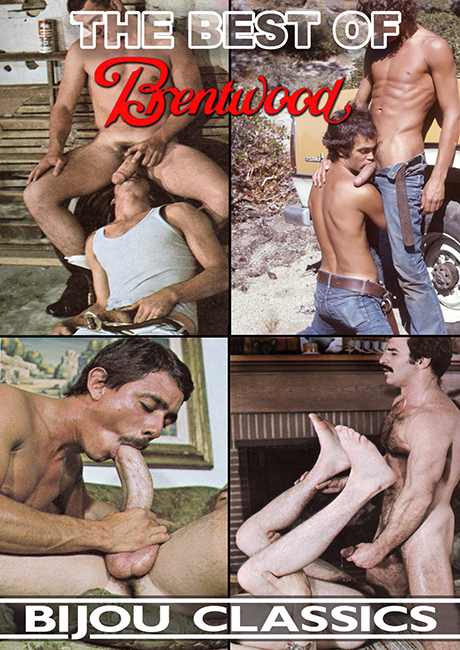
Cover for the collection The Best of Brentwood
My first day on the set, we were shooting a scene for the John Summers/John Travis production Bulge: Mass Appeal. Kurt Bauer and Kevin Glover were in the scene. John was directing from behind the camera while Dan, Kenny (the make-up man) and I were watching it on a monitor to make sure lighting was good. In between shots, we would all run in and move the lights and microphone and set up for another angle. Dan put two apple boxes on the floor and John Travis asked Kurt Bauer stand on top of them while Kevin sat on a stool to blow him. “Hop in there, stills,” Travis ordered. I walked into the set then stopped and looked back at him. “Under there?” Travis had a good laugh, “Of course! … I’m not the only one who gets to have my face up their ass! You don’t bite, do you, Kurt?” Kurt said something cute and flagged me in to get down on the floor under him.
After I got the photo, John told Kevin to step out of the frame then said to me, “Stills, shoot some shots of that hot fucking ass Kurt has, and Kurt… be sure to wink your butthole at him!” I was mortified, but in a good way. Kurt “winked away” and that was my initiation into the club.

Kurt Bauer and the Bulge: Mass Appeal cover
It doesn’t give me any pleasure to say that my position as a still photographer lasted a whole two weeks. They were not happy with my photos because I shot everything on automatic. F-stop? What’s an f-stop? I should have asked my friend David. Luckily they liked me and focused on my video production experience, which is what I was hoping for all the time. John Travis and Dan Allman started training me on the back up video camera, normally only used to shoot the second cumshot angle. They went on to hire another still photographer, making me the second videographer, and from that point forward all Catalina productions were shot with two cameras simultaneously.
Bio of Josh Eliot:
At the age of 25 in 1987, Josh Eliot was hired by Catalina Video by John Travis (Brentwood Video) and Scott Masters (Nova Video). Travis trained Eliot on his style of videography and mentored him on the art of directing. Josh directed his first movie, Runaways, in 1987. By 2009 when Josh parted ways with Catalina Video, he'd produced and directed hundreds of features and won numerous awards for Best Screenplay, Videography, Editing, and Directing. He was entered into the GayVN Hall of fame in 2002.
You can read Josh Eliot's previous blogs for Bijou here:
Coming out of my WET SHORTS
FRANK ROSS, The Boss
Our CALIGULA Moment

